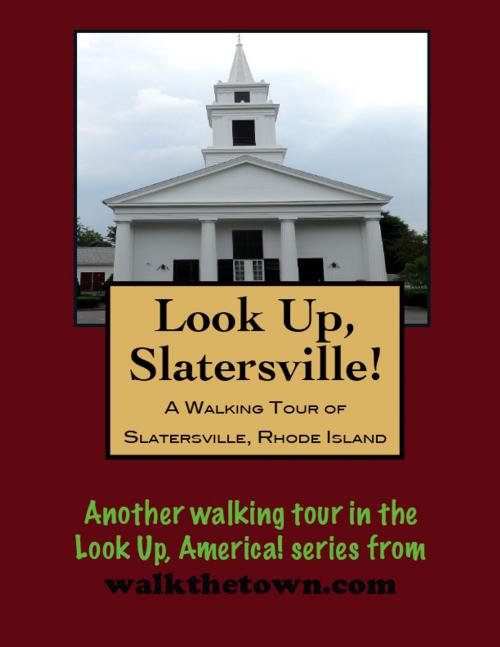| Author: | Doug Gelbert | ISBN: | 9781458191489 |
| Publisher: | Doug Gelbert | Publication: | February 13, 2011 |
| Imprint: | Smashwords Edition | Language: | English |
| Author: | Doug Gelbert |
| ISBN: | 9781458191489 |
| Publisher: | Doug Gelbert |
| Publication: | February 13, 2011 |
| Imprint: | Smashwords Edition |
| Language: | English |
There is no better way to see America than on foot. And there is no better way to appreciate what you are looking at than with a walking tour. Whether you are preparing for a road trip or just out to look at your own town in a new way, a downloadable walking tour is ready to explore when you are.
Each walking tour describes historical and architectural landmarks and provides pictures to help out when those pesky street addresses are missing. Every tour also includes a quick primer on identifying architectural styles seen on American streets.
Slatersville is acknowledged as the first planned industrial village in the United States. Ten years after helping to establish the first successful spinning mill in America in 1793, Samuel Salter was eager to set out on his own. His brother John scoured the countryside for a location for the new enterprise and settled on Branch River where a few water-powered mills were then in operation. What the new site did not have, however, was people.
Workers would have to be imported to the remote location and so the Slaters would construct not only a new stone mill in 1807 but homes nearby for their workers, stores where they could buy supplies and eventually a meetinghouse where they could worship. This “mill village” model came to be known as the Rhode Island System and proved that manufacturing could thrive outside establish population centers: “If you build it, they will come.”
John Slater managed the mill and the surrounding village as it expanded until his death in 1845; Slatersville remained in the family until 1900 when it was sold to James R. Hooper. Hooper bleached and dyed cloth for a while and in turn sold the village to Henry P. Kendall in 1915. Kendall’s was more interested in preserving the village than wringing profits from the mill. He fixed up and landscaped many of the workers’ homes and crafted Slatersville in the image of a postcard New England town.
Most of what we see on our walking tour of this pioneering American mill village is a testament to Henry Kendall’s vision nearly a century ago, a foresight that enables us to look back more than 200 years...
There is no better way to see America than on foot. And there is no better way to appreciate what you are looking at than with a walking tour. Whether you are preparing for a road trip or just out to look at your own town in a new way, a downloadable walking tour is ready to explore when you are.
Each walking tour describes historical and architectural landmarks and provides pictures to help out when those pesky street addresses are missing. Every tour also includes a quick primer on identifying architectural styles seen on American streets.
Slatersville is acknowledged as the first planned industrial village in the United States. Ten years after helping to establish the first successful spinning mill in America in 1793, Samuel Salter was eager to set out on his own. His brother John scoured the countryside for a location for the new enterprise and settled on Branch River where a few water-powered mills were then in operation. What the new site did not have, however, was people.
Workers would have to be imported to the remote location and so the Slaters would construct not only a new stone mill in 1807 but homes nearby for their workers, stores where they could buy supplies and eventually a meetinghouse where they could worship. This “mill village” model came to be known as the Rhode Island System and proved that manufacturing could thrive outside establish population centers: “If you build it, they will come.”
John Slater managed the mill and the surrounding village as it expanded until his death in 1845; Slatersville remained in the family until 1900 when it was sold to James R. Hooper. Hooper bleached and dyed cloth for a while and in turn sold the village to Henry P. Kendall in 1915. Kendall’s was more interested in preserving the village than wringing profits from the mill. He fixed up and landscaped many of the workers’ homes and crafted Slatersville in the image of a postcard New England town.
Most of what we see on our walking tour of this pioneering American mill village is a testament to Henry Kendall’s vision nearly a century ago, a foresight that enables us to look back more than 200 years...















